Benefits of Early Breast Cancer Detection
Discover the benefits of early breast cancer detection and why it's crucial, how to detect, who is at risk and lifestyle tips for breast cancer prevention.
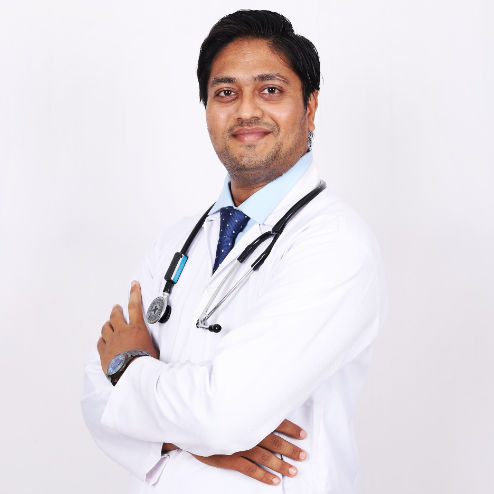
Written by Dr. Mohammed Kamran
Reviewed by Dr. Dhankecha Mayank Dineshbhai MBBS
Last updated on 22nd Jul, 2025
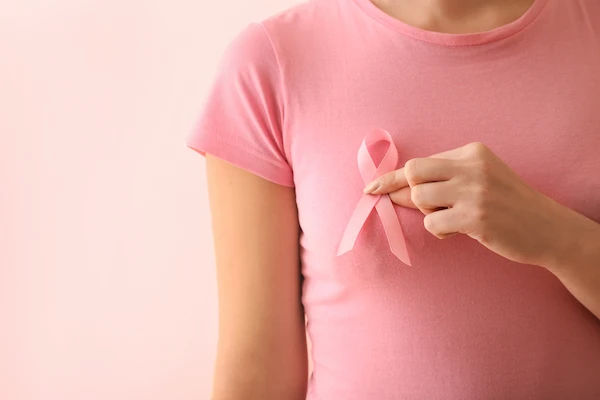
Benefits of Early Breast Cancer Detection
Introduction
Breast cancer is one of the most common cancers affecting women worldwide. However, the good news is that when detected early, the chances of successful treatment and recovery increase significantly. Early detection not only improves survival rates but also reduces the need for aggressive treatments.
In this article, we’ll discuss why early detection matters, how it can be achieved, and the steps you can take to protect your health.
Why Early Detection is Crucial
Higher Survival Rates
When breast cancer is found at an early stage (before it spreads to other parts of the body), the five-year survival rate is over 90%. Early detection means treatment can begin sooner, increasing the likelihood of a full recovery.
Less Aggressive Treatment
Early-stage breast cancer often requires less intensive treatment, such as lumpectomy (removing only the tumour) instead of mastectomy (removing the entire breast). Chemotherapy may also be avoided in some cases.
Better Quality of Life
Early detection reduces the physical and emotional burden of cancer treatment. Patients experience fewer side effects and recover faster.
Lower Treatment Costs
Treating advanced-stage cancer is more expensive due to prolonged therapies, hospital stays, and additional medications. Early detection helps reduce financial strain.
Consult a Top oncologist for the best advice
How to Detect Breast Cancer Early
1. Regular Self-Exams
Performing a breast self-exam (BSE) once a month helps you become familiar with how your breasts normally look and feel. If you notice any changes, such as lumps, dimpling, nipple discharge, or skin changes, consult a doctor immediately.
How to do a self-exam:
- Stand in front of a mirror and check for any visible changes.
- Raise your arms and feel your breasts in circular motions, checking for lumps.
- Repeat while lying down, as breast tissue spreads evenly in this position.
2. Clinical Breast Exams
A clinical breast exam (CBE) is performed by a doctor or nurse who checks for lumps or abnormalities. Women aged 20-40 should have a CBE every 1-3 years, and those over 40 should have one annually.
3. Mammograms
A mammogram is an X-ray of the breast that can detect tumours before they can be felt. Women aged 40 and above should get a mammogram every 1-2 years. Those with a family history of breast cancer may need earlier or more frequent screenings.
4. Genetic Testing (If High Risk)
If you have a strong family history of breast or ovarian cancer, genetic testing (like BRCA gene testing) can assess your risk. Early screening may be recommended for high-risk individuals.
Who is at Higher Risk?
Certain factors increase the likelihood of breast cancer:
- Age (risk increases after 50)
- Family history of breast or ovarian cancer
- Genetic mutations (BRCA1 or BRCA2)
- Early menstruation (before age 12) or late menopause (after 55)
- Obesity, alcohol consumption, and lack of physical activity
Lifestyle Tips to Reduce Breast Cancer Risk
While not all breast cancers can be prevented, healthy habits can lower your risk:
- Maintain a healthy weight – Obesity increases estrogen levels, which can fuel some breast cancers.
- Exercise regularly – Aim for at least 150 minutes of moderate exercise per week.
- Limit alcohol – Even small amounts can increase risk.
- Eat a balanced diet – Include fruits, vegetables, whole grains, and lean proteins.
- Avoid smoking – Smoking is linked to many cancers, including breast cancer.
- Breastfeed if possible – Reduces hormone-related cancer risks.
When to See a Doctor
Don’t ignore warning signs like:
- A new lump in the breast or armpit
- Changes in breast size, shape, or texture
- Nipple discharge (other than breast milk)
- Persistent breast pain
- Skin dimpling or redness
If you notice any of these symptoms, consult a doctor immediately. Early action can save lives.
Final Thoughts
Breast cancer is the most common type of cancer. It is good to do the diagnostics for identifying the early stage of cancer, for many reasons. Mammograms and self-exams are a few tests which can be done. However, following the lifestyle tips for prevention also goes a long way.
Consult a Top oncologist for the best advice
Consult a Top oncologist for the best advice

Dr. Tarun Jindal
Uro Oncologist
14 Years • MS (AIIMS, New Delhi), MCh (Gold Medalist), Fellow, VUI, Henry Ford Hospital, Detroit, USA; Robotic and Laparoscopic surgeon
Kolkata
Apollo Multispeciality Hospitals , Kolkata, Kolkata
(100+ Patients)

Dr. Sandeep Muzumder
Radiation Specialist Oncologist
21 Years • MBBS (JIPMER, Pondicherry), MD (AIIMS, New Delhi)
Bhubaneswar
Apollo Hospitals Old Sainik School Road, Bhubaneswar
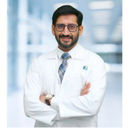
Dr Nikhil Suresh Ghadyalpatil
Oncologist
18 Years • MBBS, MD (G. Med), DNB (G.Med), MNAMS DM (Medical Oncology - Tata Memorial Hospital) European Certification In Medical Oncology (ECMO) MRCP (Med Onco SCE), PDCR
Hyderabad
Apollo Hospitals Jubilee Hills, Hyderabad
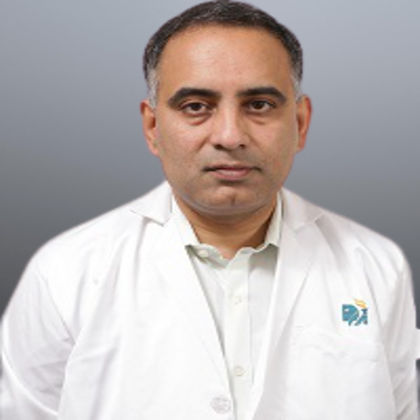
Dr. Raja T
Oncologist
20 Years • MBBS; MD; DM
Chennai
Apollo Hospitals Greams Road, Chennai
(150+ Patients)
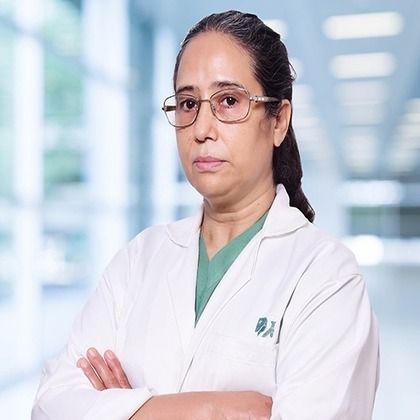
Dr. Ruquaya Ahmad Mir
Surgical Oncologist
20 Years • MBBS, DNB
Delhi
Apollo Hospitals Indraprastha, Delhi
(25+ Patients)
